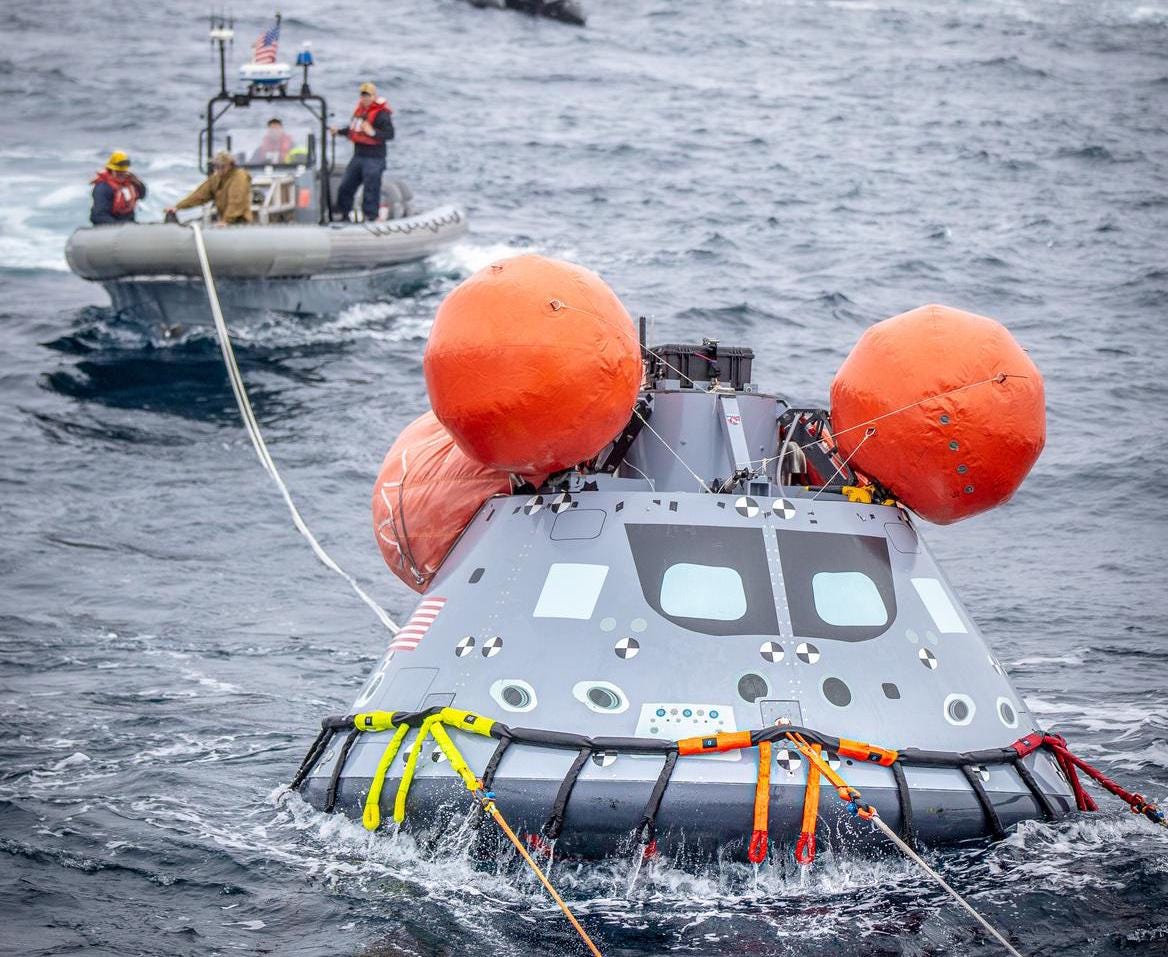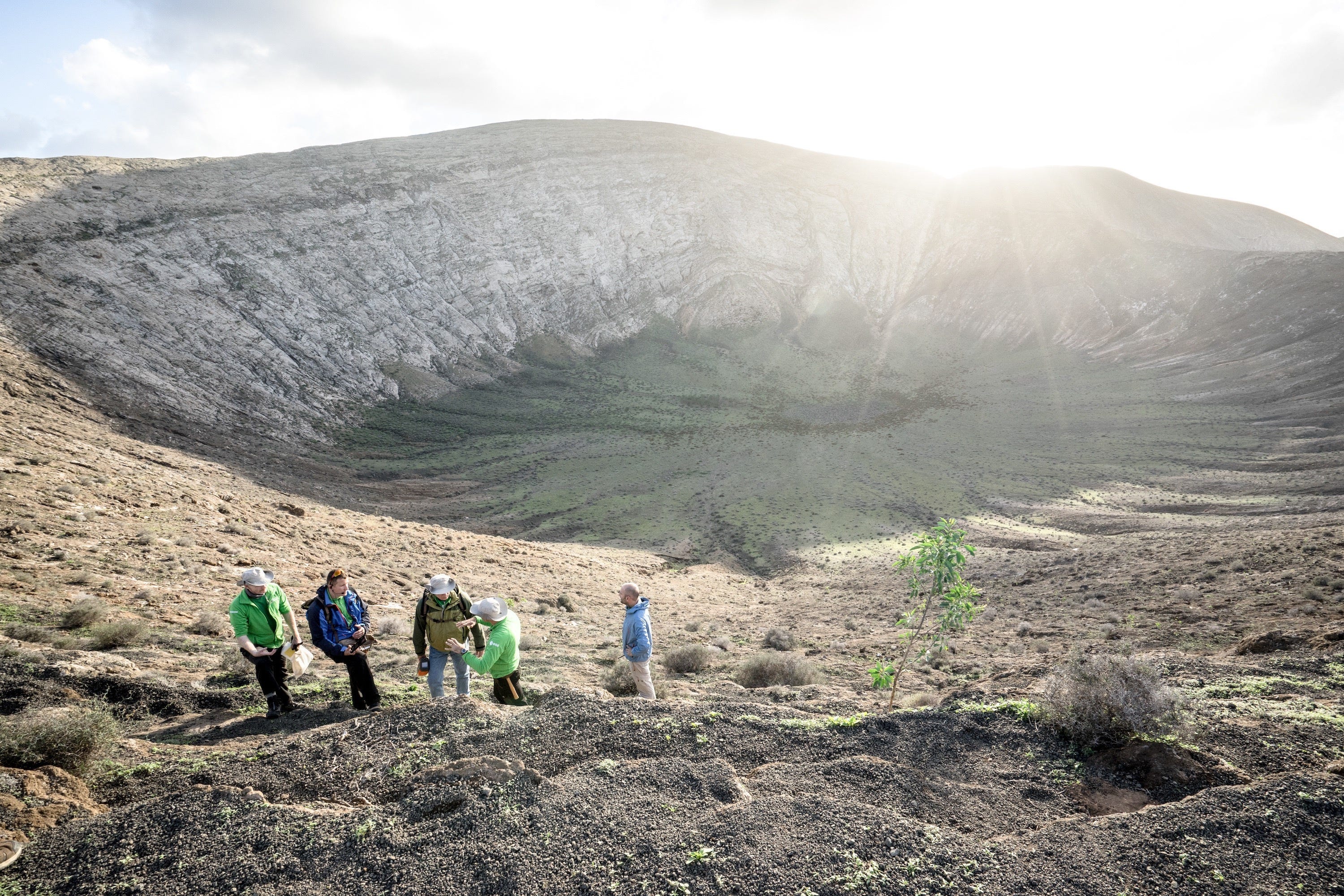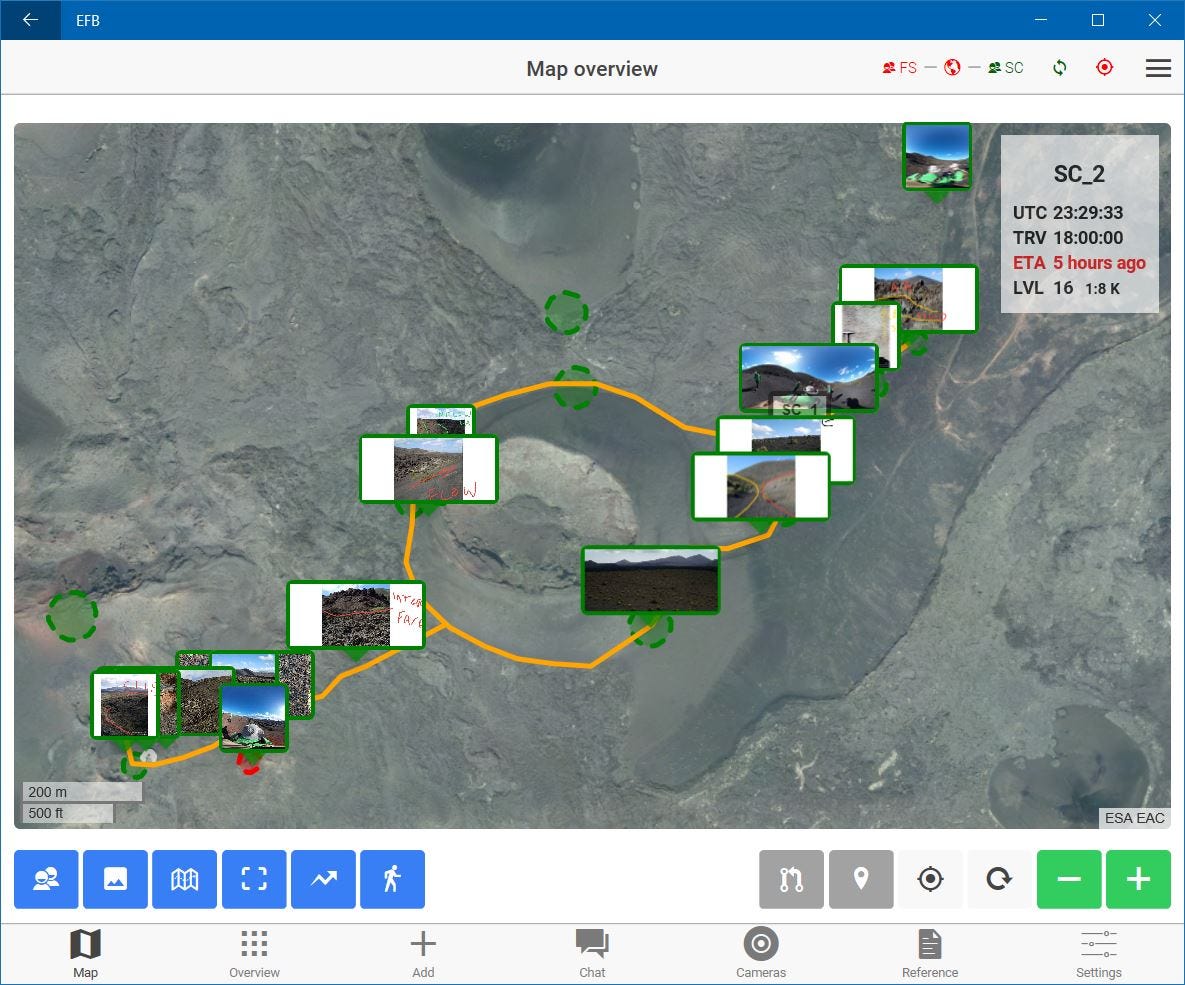Moon Monday Issue #53
NASA delays landing humans on the Moon, Astrobotic builds lunar regolith lab to test rovers, ESA training astronauts in geology and making a tablet for Moonwalks, and more lunar updates.
As Moon Monday completed a year worth of lunar exploration and science coverage, I’m still collecting feedback from my readers to better cover the upcoming wave of Moon missions launching from across the globe. Please spare 2 minutes to take this anonymous survey.
Highlight
NASA officially announced that landing of the first astronauts on the Moon as part of their Artemis program has been delayed from 2024 to 2025. While this is the first time NASA acknowledged the Artemis III mission’s delay, we already knew from the August report by NASA’s Office of Inspector General that the next-generation xEMU spacesuits not being ready in time alone would defer the landing to at least April 2025, something NASA didn’t mention during the announcement. The Artemis II mission to send astronauts around the Moon has been pushed too, from 2023 to 2024.

NASA said the delays are cumulatively due to first-time development challenges, the COVID-19 pandemic, Blue Origin’s legal protest and lawsuit against NASA for the agency selecting SpaceX Starship as the only lunar lander provider, and a lack of funding from the U.S. Congress. NASA added that starting with the FY 2023 budget request, they’ll seek significantly more money from Congress for the next nine Artemis Moon landings. NASA also stated that developing the Orion spacecraft since 2012 has costed $9.3 billion instead of the expected $6.7 billion, in part due to changing requirements. Related: NASA’s Office of Inspector General issued a highly critical report last year on how NASA (mis)accounts for Orion costs.
Meanwhile, SpaceX is progressing well on their first Starship launch to Earth orbit sometime next year. They recently completed a static fire test using all six engines of the second stage. If Starship’s development continues to go well over the next few years, we could see an uncrewed lunar Starship land on the Moon in 2024, giving SpaceX the go to land NASA Artemis III astronauts next.
Exploration
NASA’s Landing and Recovery team completed final testing and certification for securing the Orion capsule for when the 6350-kilogram spacecraft splashes down in the Pacific Ocean with astronauts at the end of each Artemis mission, starting with the uncrewed Artemis I mission next year.

Artemis I’s journey around the Moon may not host any humans but the Orion capsule will fly Snoopy, four LEGO figures, a suited manikin from NASA and two dummies from ESA. Sensors on manikin Campos’ seat will record acceleration and vibration throughout the mission. Five additional accelerometers inside Orion will complement that data, including during the final mission phase of bounced atmospheric reentry and splashdown. The ESA-provided dummies will have over 5,000 radiation sensors to measure their radiation exposure for the mission. NASA and ESA will use these comprehensive datasets to best protect astronauts on future crewed missions.
The U.S. lunar company Astrobotic has opened a new “Lunar Regolith Lab” at its headquarters in Pittsburgh. The lab features a pit filled with about 20,000 kilograms of industry-standard GRC-1 lunar soil simulant to mimic the mechanical properties of the Moon’s surface. Astrobotic will use the lab to verify the performance of their lunar rover designs, including their shoebox-sized 13-kilogram MoonRanger rover, which is set to fly to the Moon onboard Masten’s 1st lunar landing mission in 2023 as part of NASA’s CLPS program. MoonRanger boasts autonomous navigation and mapping capabilities, which NASA is making use of by putting a neutron spectrometer onboard to detect signs of water ice below the Moon’s surface.

After the Canadian Space Agency (CSA) requested proposals from Canadian companies earlier this year to build a lunar rover, they’ve now awarded MDA a detailed design study contract for a mission at the Moon’s south pole to potentially explore water ice and other resources in permanently shadowed regions. CSA is expected to contract another company for such a study, and then select one of those for the actual mission. The rover, launching in 2025, will be onboard an as-yet unspecified NASA-funded U.S. commercial landing mission.
Science
This week we have two cool lunar science updates from ESA, both to do with how they’re preparing astronauts for upcoming Moon landing missions.
ESA continues its Pangaea campaign to train future lunar astronauts in geology, a highly valuable skill in exploring the Moon and collecting samples. This year’s participants—European astronaut Andreas Mogensen and engineer Robin Eccleston, and NASA astronaut Kathleen Rubins—first took field trips to the Italian Dolomites mountains and the Geman Ries crater, both terrestrial analogues to places on the Moon. Their most recent visit was to the Spanish volcanic landscapes of Lanzarote, whose now solidified basaltic lava flows resemble the Moon’s dark volcanic plains.

To aid astronauts on this geology campaign as well as on actual future lunar missions, ESA continues to build their Electronic Field Book or what I like to call the “Moonwalk tablet”. The astronauts use it to:
- Access comprehensive geologic maps provided by ESA’s PLANMAP project and plan their exploration routes.
- Identify minerals and rocks in real-time using thousands of built-in profiles and collect the best samples.
- Record their steps and excursions.
- Communicate with scientists at mission control to integrate their inputs as well as data from various cameras and instruments.

ESA aims to get the Moonwalk tablet ready for use by astronauts by 2027, including making it lunar dust and radiation tolerant, capable of surviving extreme temperatures, having its battery last more than 8 hours, and making it ergonomic so that astronauts with their bulky spacesuits and gloves can easily operate it.
More Moon
Dear reader, I’m publishing this one-of-a-kind Moon exploration newsletter for free, with no ads. If you like my comprehensive global coverage, support me to keep it going. 🚀
